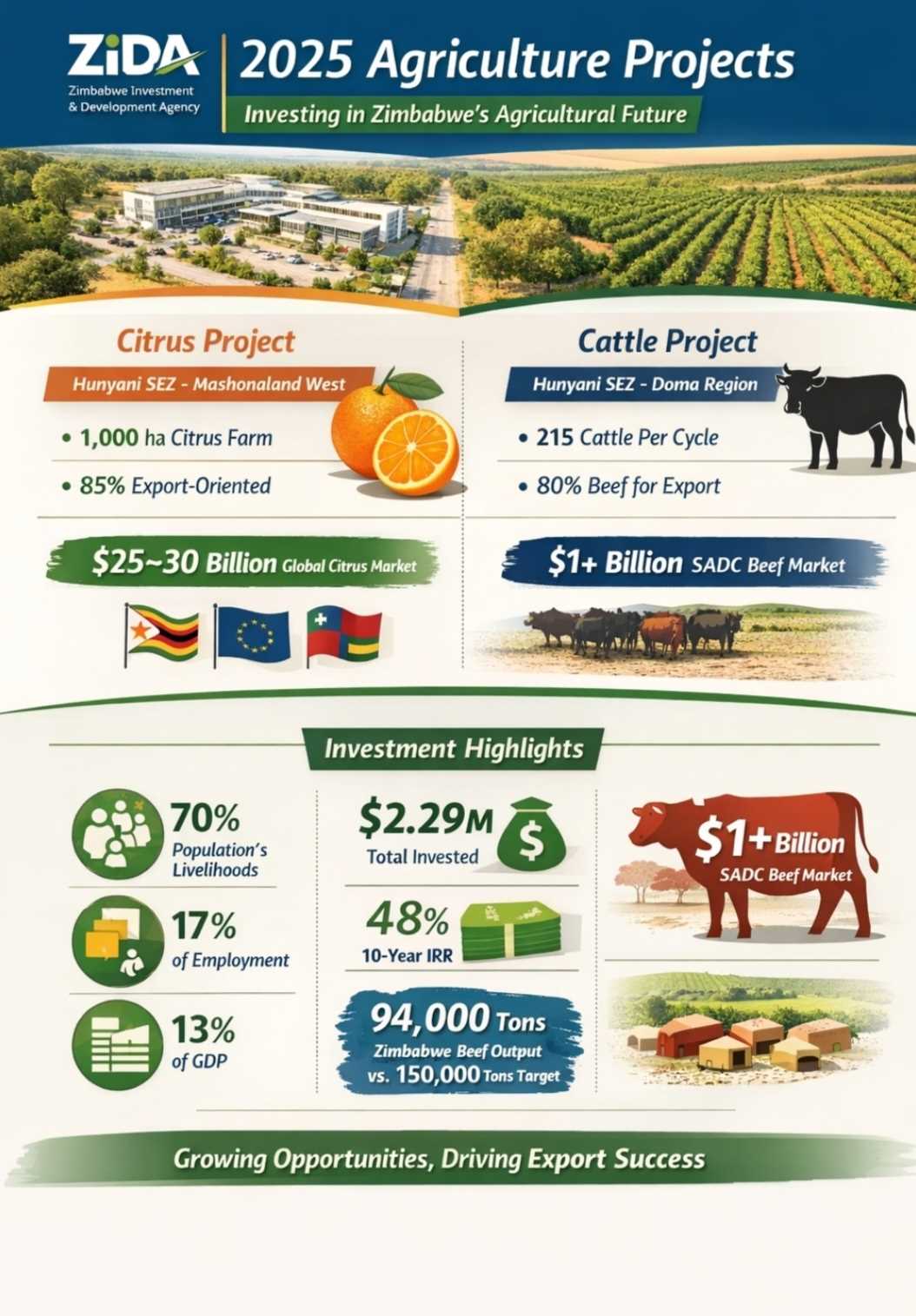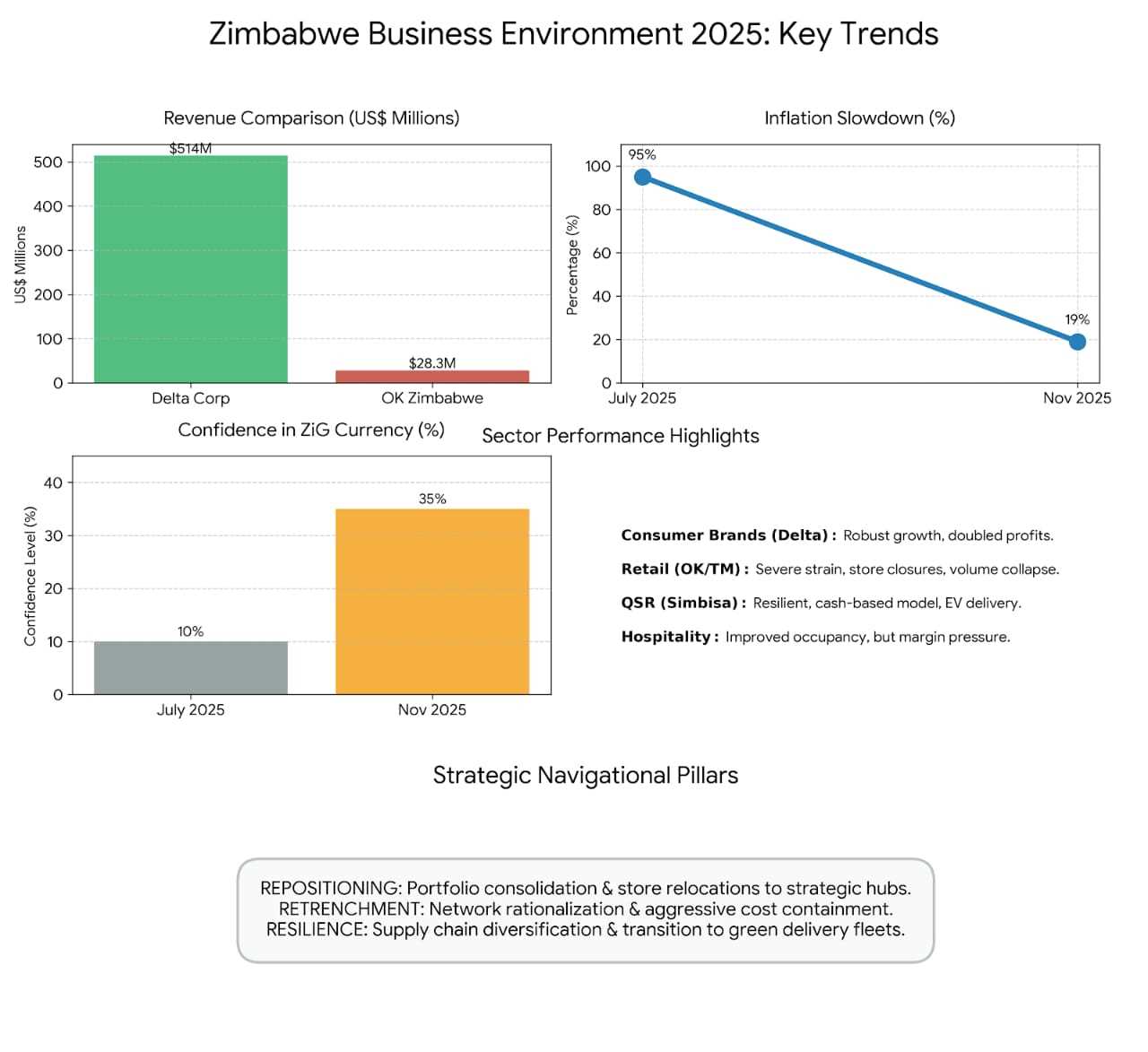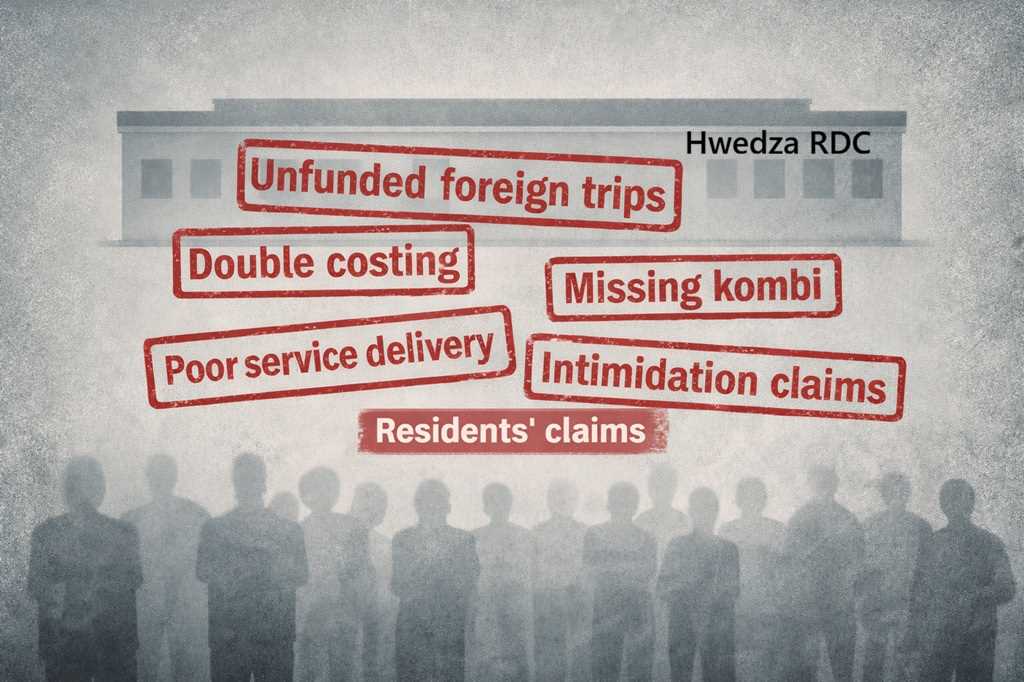
Oscar J Jeke
Zim Now Reporter
Zimbabwe Platinum Mines, the nation's leading platinum group metals producer and largest corporate taxpayer, has reported an 11% year-on-year decline in mined volumes for the first quarter of 2025.
This downturn is attributed to operational challenges, including shortages of trackless mobile machinery and intermittent power supply disruptions.
Related Stories
The decline in production has significant implications for Zimbabwe's economy, as Zimplats contributed approximately US$100 million in taxes in the 2024 financial year, down from US$150 million in FY2023. The reduction in fiscal contributions is primarily due to depressed global metal prices and increased capital investments.
Zimplats CEO Alex Mhembere stated, "Mined volumes were hampered by poor trackless mobile machinery (TMM) availability at Mupfuti, Bimha, and Mupani mines, intermittent interruptions to power supply at operations, and a slow ramp-up at Bimha Mine following several lost-time injuries."
The company's production challenges have also affected the broader mining sector. According to the Chamber of Mines of Zimbabwe, miners anticipate a decline in profits in 2025 due to high production costs and a weak market outlook for platinum and lithium. The cost of production is projected to rise by an average of 8%, and energy requirements are expected to increase to 800 megawatts per day from the current 600 megawatts.
Despite these challenges, Zimplats is investing in several strategic projects to enhance production capacity and operational efficiency. These initiatives include the development of the Mupani Mine, the upgrade of the Bimha Mine, and the expansion of its smelter and SO₂ abatement plant. The company has also commissioned a 35MW solar plant to reduce dependence on Zimbabwe's unreliable power grid.
Zimplats' performance is critical to Zimbabwe's economy, as the mining sector contributes more than 75% of the country's export earnings. The company's efforts to overcome operational challenges and invest in infrastructure are essential for stabilizing output and addressing ongoing operational risks.




















Leave Comments